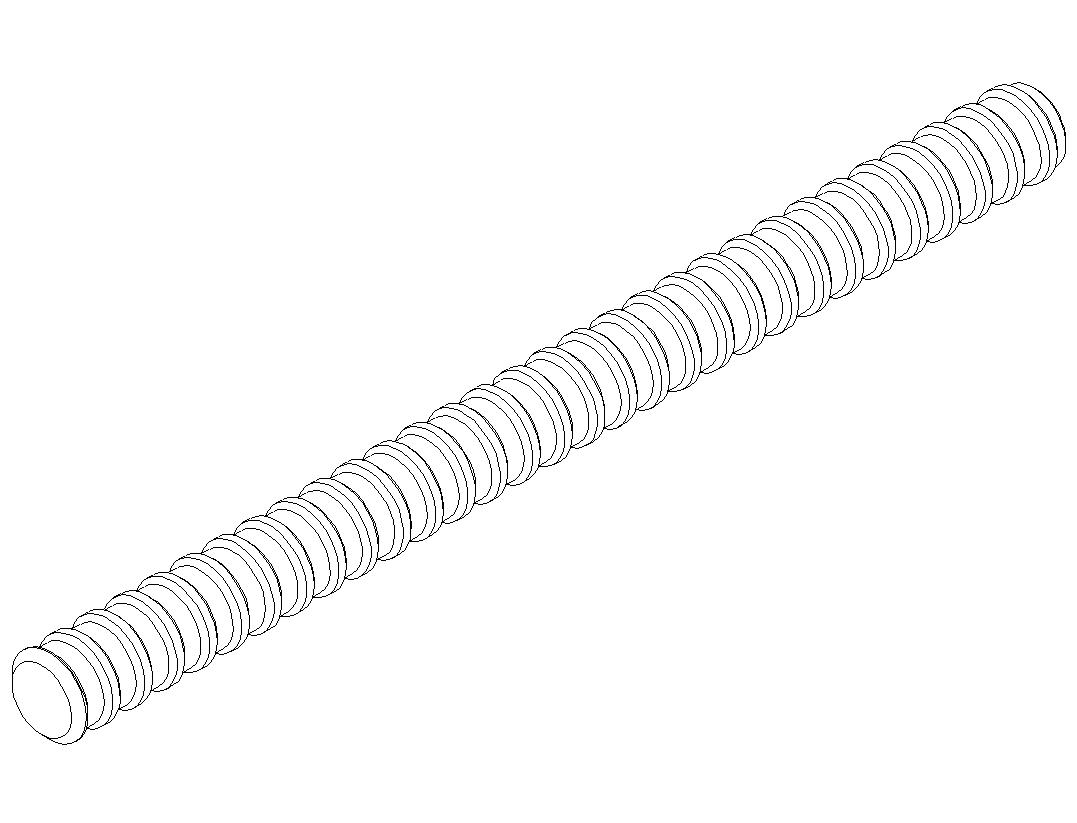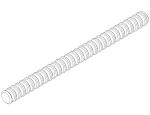Ιούλ . 07, 2025 07:29 Back to list
Inclined Column Formwork Supplier – Durable & Precise Solutions for Unique Structures
- Introduction to inclined column formwork
: significance and challenges - Technical advantages and unique features
- Market demand with global industry data
- Comparison of top inclined column formwork suppliers and companies
- Customization strategies for project requirements
- Real-world application case studies
- Conclusion: Choosing the right inclined column formwork company

(inclined column formwork)
Inclined Column Formwork: Overview and Importance
The construction landscape is witnessing an increasing demand for specialized formwork solutions that accommodate the architectural nuances of modern designs. Among these, inclined column formwork stands out due to its capacity to realize slanted and bespoke structural elements in commercial and industrial projects. This demand is driven by evolving architectural trends, seismic design requirements, and the pursuit of higher aesthetic values. According to a 2023 market analysis conducted by Construction Intelligence Center, the global formwork market has surged to $5.7 billion, with inclined and special column formwork segments growing by over 11.2% annually. The unique geometric challenges posed by inclined columns necessitate precision engineering, high-load resistance, and easy adaptability—a combination not always met by generic formwork systems. Thus, construction planners and contractors are seeking dedicated solutions from reputable inclined column formwork suppliers capable of addressing these intricacies efficiently.
Technological Advantages and Distinctive Features
Effective inclined column formwork systems are engineered to achieve maximum structural integrity, surface finish quality, and operational efficiency. Key technical advantages include modular panel configurations, enhanced locking mechanisms, and integrated adjustable struts to support various angles, often ranging from 5° to 60°. High-grade galvanized steel and engineered polymer composites extend durability while reducing the total system weight by 20–35% compared to traditional tailored timber solutions. Load testing reports indicate that leading systems can withstand vertical loads exceeding 85 kN and lateral pressures up to 60 kPa, ensuring a safe and reliable forming environment.
Such systems also offer rapid cycle times, with adjustable shuttering and integrated platforms enabling a reduction in labor requirements by up to 25%. Furthermore, many formwork solutions now feature self-cleaning surfaces and vibration-damping materials, minimizing concrete honeycombing and leading to a smoother column surface. The inclusion of digital measurement and monitoring modules in some advanced systems helps contractors ensure the correct tilt and alignment throughout the pouring cycle, drastically reducing the risk of error and costly rework.
Industry Demand: Growth Metrics and Regional Insights
The surge in bespoke high-rise and infrastructural projects has generated robust demand for specialized formwork. According to Global Construction Survey 2023, over 15% of new multistory projects in Asia and Europe require angled column solutions, with the Asia-Pacific region accounting for a market share exceeding 38% in 2023. The Middle East’s booming urban developments and North America's retrofit sector are also significant growth drivers. Commercial projects—including stadiums, airports, and mixed-used towers—now frequently incorporate inclined columns for both their load-distributing capabilities and visual distinctiveness.
The increased adoption is further supported by government regulations and green-building initiatives promoting durable, reusable, and low-waste site practices. Over 68% of surveyed contractors in the European Union report an uptick in specifications for inclined column formwork, correlating strongly with LEED and BREEAM certification drives. This data trend underscores the critical role of innovative formwork in executing increasingly complex structural geometries across regions.
Comparison of Leading Inclined Column Formwork Suppliers and Companies
Choosing the right partner from the vast landscape of inclined column formwork companies is essential for project success. Key evaluation criteria include system versatility, ease of assembly, technical support, delivery timelines, and sustainability credentials. Below is a comparative table featuring four prominent suppliers, summarizing their core offerings and capacities:
| Company | Maximum Column Height (m) | Supported Tilt Range | Modular Adaptability | Delivery Lead Time | Material Composition | Sustainability Certification |
|---|---|---|---|---|---|---|
| VersaFrame Solutions | 7.5 | 5°–55° | High | 4 weeks | HDG Steel, Polycarbonate Liners | ISO 14001, FSC |
| InclinoTech Formwork | 9.0 | 10°–60° | Very High | 6 weeks | Steel, Composite Alloys | LEED Silver |
| ProAngle Systems | 8.0 | 0°–50° | Medium | 3 weeks | Aluminum, Pine Ply | No |
| BuildAce Formwork | 6.0 | 7°–45° | High | 5 weeks | HDG Steel, Recycled ABS | ISO 9001, Greenguard |
As shown, the inclined column formwork suppliers differ not only in technical specifications but also in their approach to modularity and environmental responsibility. Contractors are encouraged to align these features with specific site requirements and project sustainability targets for optimal outcomes.
Tailored Solutions: Customizing Inclined Column Formwork
Not all projects can rely on off-the-shelf configurations. The best-performing inclined column formwork companies excel in providing bespoke solutions, adjusting for unique angles, non-standard cross-sections, and complex reinforcement layouts. Typical customization processes include advanced 3D modeling, site surveys, and collaboration with structural engineers. This ensures that shuttering systems match architectural intent while facilitating safe, efficient pouring cycles.
Leading companies utilize CNC manufacturing to achieve millimeter-level tolerances, enabling perfect geometry control even at steep angles or height transitions. Customized formwork may also incorporate embedded sensors for real-time pressure monitoring, bracket extensions for combined vertical-inclined assemblies, and rapid-shift mechanisms for high-volume pours. By adopting this approach, contractors have reported a reduction in rework and a 15% reduction in total concrete wastage.
Moreover, formwork rental options and on-site technical consultancy have become standard value-added services, ensuring implementation is seamless from delivery to dismantling. This adaptability is particularly crucial for infrastructure megaprojects, heritage retrofits, and innovative commercial facades.
Case Studies: Successful Applications in Real Projects
Multiple high-profile structures worldwide demonstrate the transformative benefits of optimized inclined formwork systems. One prominent example is the Shimmering Towers commercial complex in Dubai, where inclined column formwork enabled the realization of 34° slanted facades spanning over 10 stories. The use of rapid-release modular systems here trimmed the formwork cycle time to just three days per column, facilitating aggressive scheduling and uninterrupted workflow.
In Shanghai, a metro station expansion project utilized custom composite formwork for a series of 8-meter tall, 18° inclined pillars supporting transit platforms. Here, monitoring sensors embedded by the supplier enabled continuous pour quality assurance and rapid alerting on any misalignment events, which reduced on-site labor costs by 22%. In Europe, a sports complex renovation in Munich showcased the application of pre-fabricated aluminum-ply assemblies, reducing installation time by 30% and providing a smooth finish that minimized post-demolding surface treatment.
These cases collectively exemplify how tailored formwork systems supplied and supported by expert partners have set new benchmarks for construction speed, quality, and safety in the pursuit of advanced architectural designs.
Partnering with the Right Inclined Column Formwork Company
Selecting the appropriate inclined column formwork company is a decisive factor for the uncompromised execution of complex construction designs. Factors such as full-cycle project support, certified sustainability practices, modular flexibility, and proven field performance should guide procurement decisions. As industry data and case studies show, aligning with innovative and experienced formwork partners not only unlocks new design opportunities but also bolsters site efficiency, safety, and sustainability.
By leveraging precise engineering, ongoing technical support, and customized solutions, contractors can overcome traditional geometric limitations and achieve outstanding project outcomes. In the evolving landscape of modern construction, forging the right partnerships empowers stakeholders to manage risk and quality while advancing towards architectural excellence.

(inclined column formwork)
FAQS on inclined column formwork
Q: What is inclined column formwork?
A: Inclined column formwork is a temporary mold used to shape and support concrete columns that are constructed at an angle. It ensures accuracy and stability during curing. This specialized formwork is essential for non-vertical architectural designs.Q: How can I find reliable inclined column formwork suppliers?
A: You can find inclined column formwork suppliers by searching online directories, checking construction trade platforms, or requesting referrals from industry professionals. Look for suppliers with strong reviews and relevant project experience. Always verify their credentials and track record before purchasing.Q: What should I consider when choosing an inclined column formwork company?
A: Consider a company's experience, customization capabilities, material quality, and past project portfolio. Reliable inclined column formwork companies should provide technical support and references. Always compare pricing, lead times, and after-sales service.Q: Can inclined column formwork companies offer custom solutions?
A: Yes, many inclined column formwork companies can design custom molds based on your project's specifications. They tailor dimensions and angles to fit unique architectural needs. Discuss your requirements in detail for optimal solutions.Q: Are there any certifications that inclined column formwork suppliers should have?
A: Leading inclined column formwork suppliers should comply with industry standards like ISO certifications. Certifications ensure product quality, safety, and reliability. Always request documentation before making a purchase.-
Adjustable Heavy Duty Props for Slab Formwork - Strong & Safe Support
NewsAug.22,2025
-
Formwork Spring Clamp Factories: Quality & Bulk Supply
NewsAug.21,2025
-
Premium Ringlock Scaffolding | China Manufacturer & Supplier
NewsAug.19,2025
-
Efficient Table Formwork for Fast Slab Construction & Reusability
NewsAug.18,2025
-
Timber Beam H20 Formwork & Shuttering - Durable & Reliable
NewsAug.17,2025
-
Timber Beam H20: Premium Formwork & Shuttering Solutions
NewsAug.16,2025